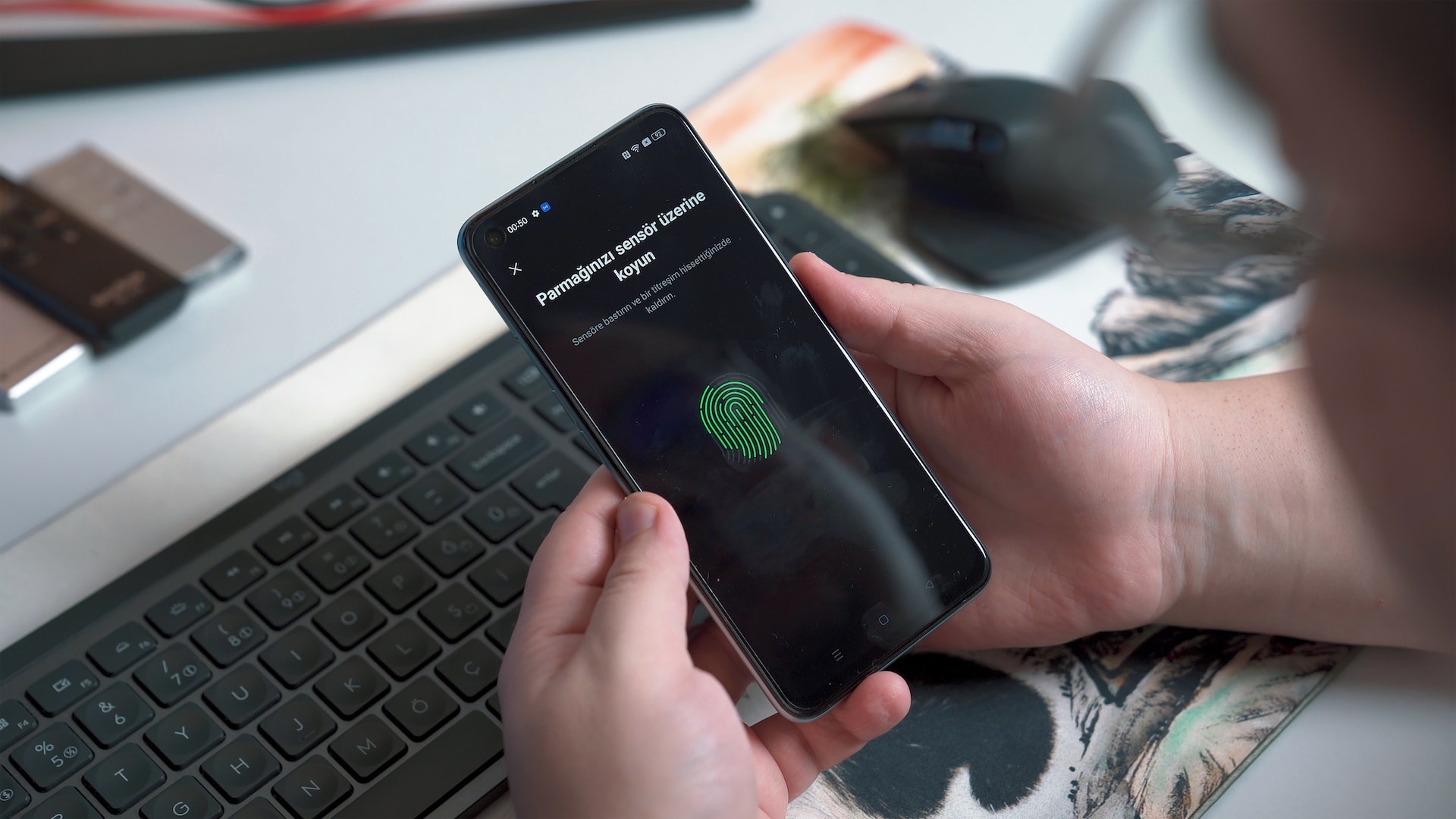By now, you’ve most definitely used biometric authentication, at the very least on your smartphone. I use it every day, too — and it works great, most of the time.
It’s why biometric authentication has become increasingly popular in the last decade.
As a matter of fact, 80% of active phones in North America, Western Europe, and the Asia Pacific have enabled biometrics.
Whether fingerprint ID, face or voice ID, biometric authentication brings both higher security and an improved user experience when compared to the more traditional authentication solutions such as passwords or PINs.
That being said, biometrics brings about certain user privacy risks in cases where biometric data gets stolen. You can change your password, but changing your fingerprints isn’t really possible.
So, is the stellar user experience worth the great privacy risks? Should biometric authentication be avoided altogether?
No, but also no. Just like with anything else, it’s all about balancing. Let’s talk about it.
How Biometric Authentication Provides Improved Security and UX
As noted above, biometric authentication offers significant advantages over traditional methods of proving your identity, such as ease of use, speed, and enhanced security.
From the user experience point of view, there is no need to remember a password or PIN, there is no need to type, and it takes less than a second to complete.
In today’s day and age, when 60% of users say they are occasionally, frequently, or almost always slowed down or blocked from accessing services online, this stellar user experience quickly becomes one of the biggest competitive advantages.
Similarly, biometric authentication helps to improve security, and especially when compared to passwords.
Did you know that 80% of breaches are caused by brute force attacks or the use of lost or stolen credentials, both of which target passwords? Yeah… It’s likely one of the main reasons behind the 68% of consumers who believe passwords to be the least secure method of security.
Biometrics, on the other hand, identifies users based on data unique to one single individual that is pretty difficult to imitate. False rejection and false acceptance aside (and these incidents will only decrease with the improvement of biometric tech), it’s one of the most secure methods of authentication.
To add to it, biometrics is also phishing resistant thereby significantly reducing the incidence of this very prolific fraud strategy. As such, passwords and SMS OTP can’t compare to it.
However, biometric authentication may not be the strongest when it comes to data privacy.
Biometric Authentication Privacy Risks. Is It Worth It?
Imagine this. Your data has been in a data breach. Your passwords have leaked. You change them as soon as possible.
But what if your biometric data was in? There is really no way to change your fingerprints, face, or voice. You’ll then have to be aware that your biometric data is somewhere out there, waiting to be used for a wrong purpose.
Unfortunately, this has happened before. In the 2015 Office of Personnel Management data breach, 5.6 million sets of fingerprints had been stolen, thereby putting those 5.6 million people under risk of cyberattacks, at one point or another.
In a time when 86% of people say they’re either very or somewhat concerned about the misuse of their personal data by businesses, the convenience of biometrics might not be enough to justify the privacy risks.
But this doesn’t mean that we should stop using biometrics completely. It just means that ideally, businesses would implement additional, complementary factors into their multi-factor authentication systems, enabling bank-grade security, frictionless user experience and maximum data privacy.
It’s all about covering for each other’s weaknesses in the face of ever-increasing cyber attacks.
So, what would be the best to add to biometrics?
Two currently best options would include the third-party authenticator app-based 2FA, and mobile network-based authentication solutions such as IPification.
Now, while authenticator app 2FA is considered much more secure than its SMS OTP counterpart, it falls short in terms of user experience.
For example, if you’re in a rush at a store and need to authenticate a payment on your mWallet app, using an authenticator app 2FA can be cumbersome and time-consuming.
On the other hand, IPification is a passwordless authentication solution that can authenticate users within milliseconds using just one tap.
It leverages a user’s mobile ID, SIM card, device, and other mobile network data to seamlessly confirm their identity. This solution provides both a high level of security and an excellent user experience. Furthermore, because it doesn’t take any sensitive app/device information, IPification prevents data leaks, ensuring data privacy.
Additionally, IPification can be integrated along with biometrics, but also used as a standalone authentication solution, and even serve as a continuous authentication solution to prevent SIM swapping. Versatile!
Whichever the use case you opt for may be, we can help you audit your concept and come up with the best action plan. Just contact us to schedule your free consultation with our team of cybersecurity experts.



